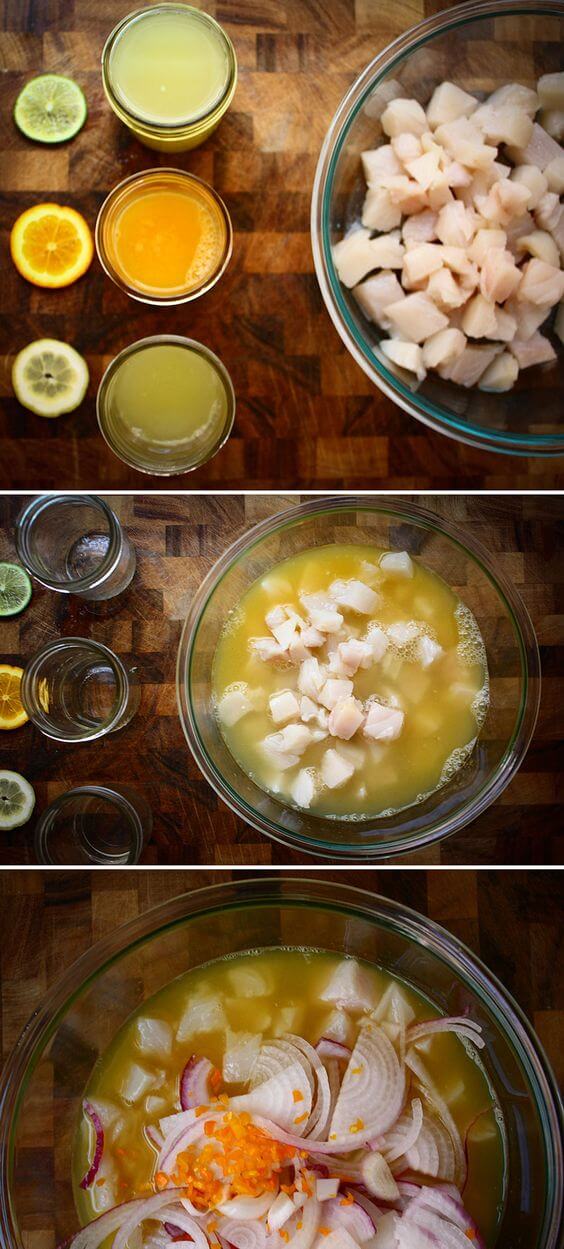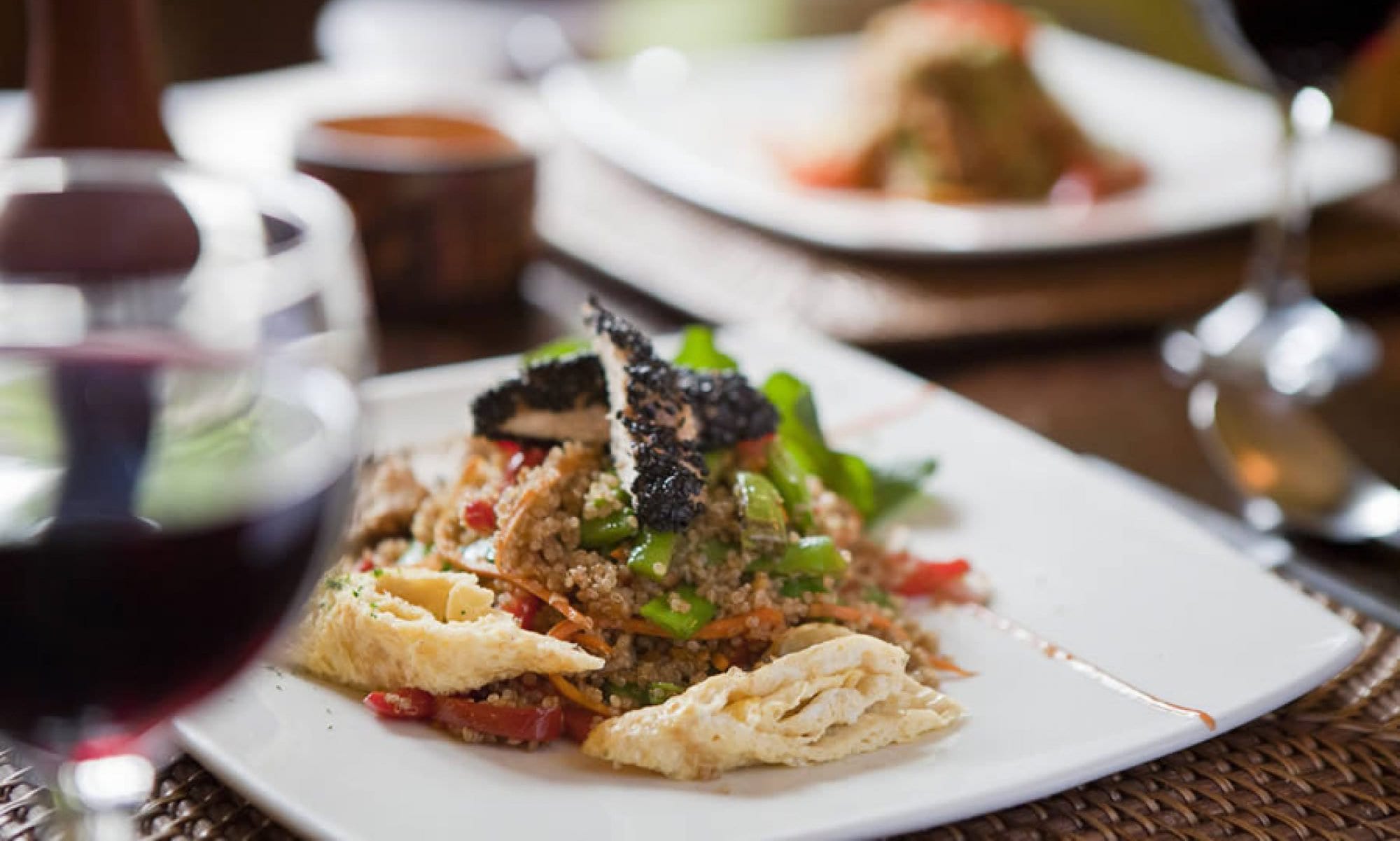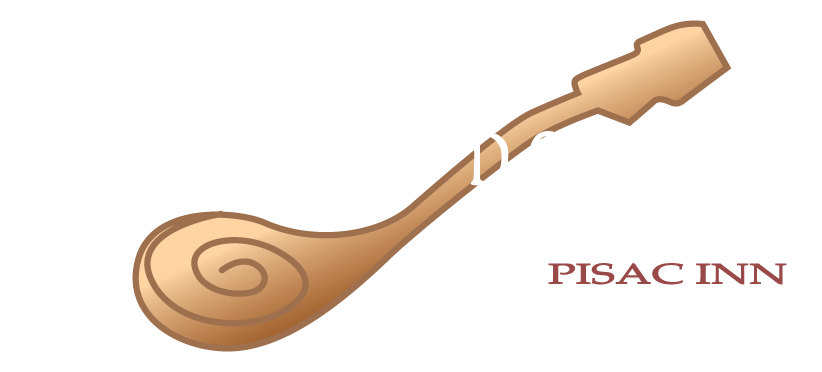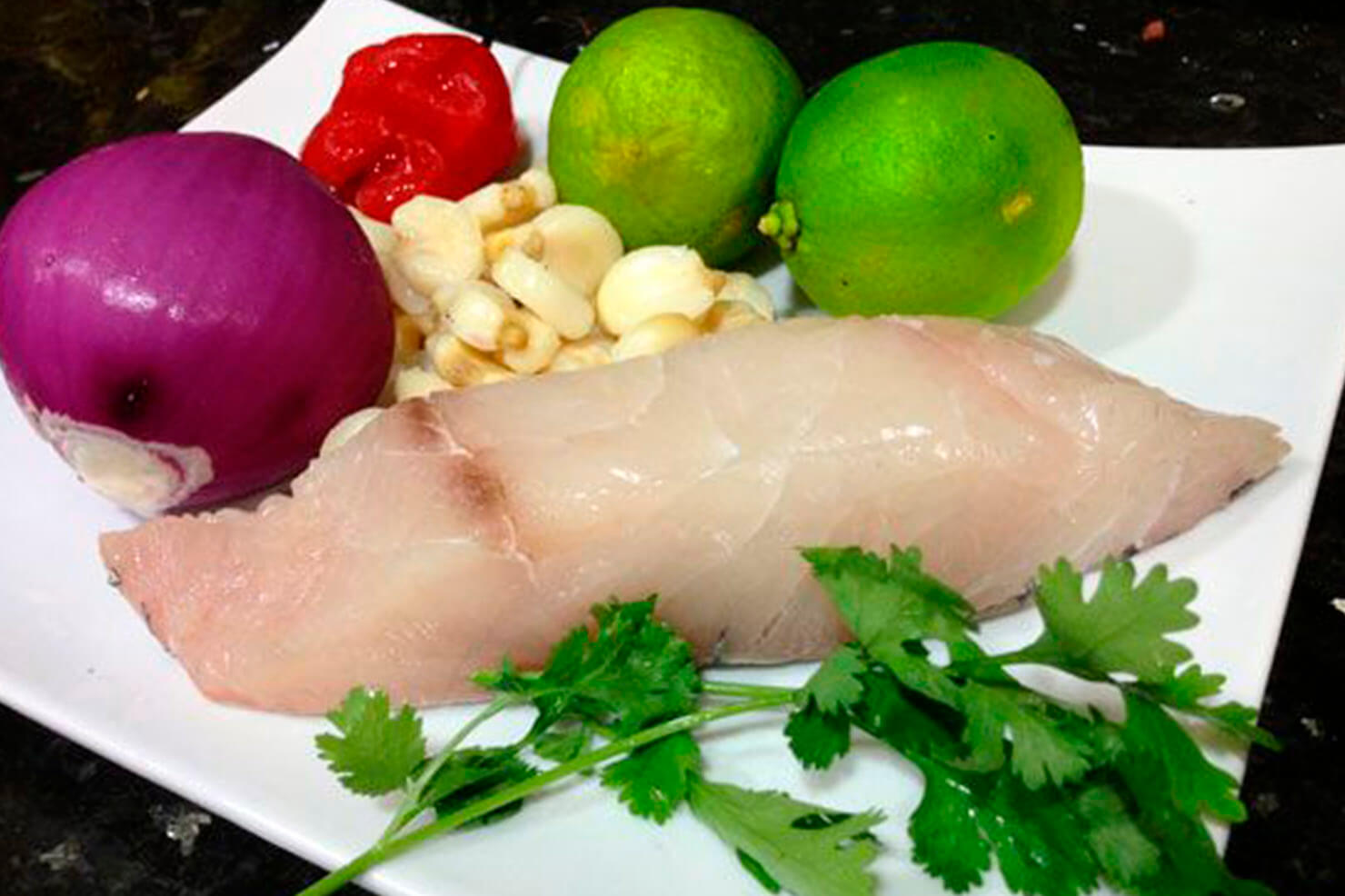Seviche, ceviche or ceviche, is perhaps one of the most recognized typical dishes that Peru has; and although its origins are still unknown and disputed by others, it is a culinary delight that has been prepared for many years, making it a representative of Peruvian food.
It is not known exactly what were the beginnings of the ceviche, but several theories are supported that the use of the name, place and even ingredients were changing as new cultures were involved with the preparation of this traditional dish.

It is believed that more than 2000 years ago in the Peruvian coast, the Mochica culture prepared a dish based on fresh fish, which was cooked with juice of a local fruit called tumbo; then in the time of the Incas, fish was macerated with a girl, and it was until the arrival of the Spaniards when the ingredients that we know today in ceviche were added: lemon and onion.
According to the historian Javier Pulgar Vidal, the word “seviche” comes from “Siwichi” which is a Quechua terminology that translates to fresh or tender fish. Other versions are also discussed as “cebiche” from the word bait, used to refer to a delicacy or food.
Turning to other languages, it is suggested that ceviche comes from escabeche, which is a word of Arabic origin; likewise the historian Juan José Vega describes “seviche” from “sibech” which is another Arabic word, and also its use is directed towards acid food, which tells a story about the arrival of Pizarro and some Moorish women they added sour oranges and then lemon juice to the fish.
Despite having spent a lot of time from knowing of these ways of preparing the ceviche, the same ingredients are still maintained, such as: white fish in pieces, red onion in julienne, lemon juice, chili, chopped cilantro and salt.
The different stories that exist about the origin of the ceviche, we only know that it is Peru and Ecuador the two countries that dispute this denomination, perhaps because they were the ones that were influenced by the Incas; however, the first recipe of this dish deserves to Manual Atanasio Fuentes in “The Guide of Lima”.
In Peru this delicious dish is usually accompanied by sweet potato and corn.
The recipe to prepare this exquisite dish is the following:
2 lb. sea bass fillet
3 purple onions cut Juliana
8 or 10 lemons
5 chili pepper chopped
Pepper
Salt
1 ½ tablespoon chopped cilantro
3 to 5 cloves garlic crushed
3 leaves of lettuce
3 yellow sweet potatoes
8 slices of corn (corn) 2 cm (1 inch)

Preparation:
1- Cook the corn sliced.
2- Cook the sweet potatoes, peel them and cut them into 2 cm slices.
3- Wash the fish with water and salt.
4- Cut it into small squares and add salt.
Put the fish in a bowl and season with crushed garlic and salt. Add the chopped red chili pepper and freshly squeezed lemon, pepper and chopped cilantro. Let it rest for 10 minutes.
Place onion on top of the fish.
Do not forget to visit Pisac in Peru, where you can enjoy many culinary delights, culture and unforgettable experiences: Cuchara de Palo – restaurant, Pisac Inn – boutique hotel, Peru Cultural Journeys – tour operator & Unucha Spa – spa.
This article that an official source for Kawsaypaq


